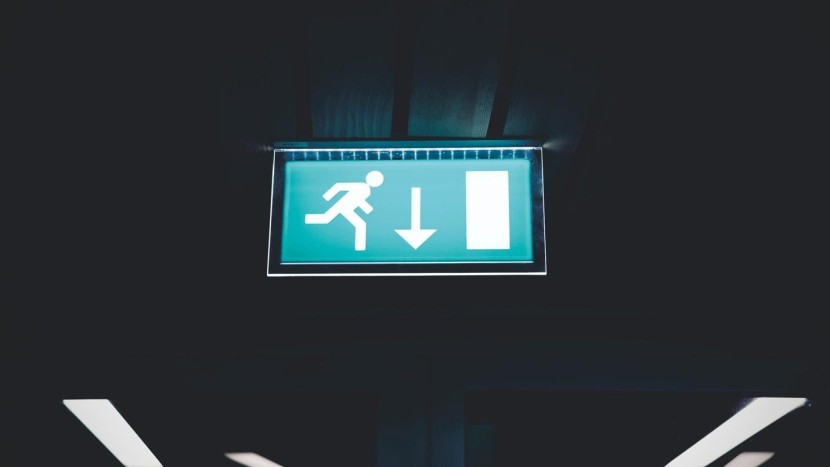
Hurricanes. Fires. Floods. Tornadoes. Blizzards. We tend to think of these things as being freak accidents, natural disasters that no one could have seen coming. But the reality is that this weather is a normal part of meteorological cycles in many parts of North America, and it is likely that at some point one of these extreme weather events could require you to evacuate your office.
Unfortunately, many offices only have a perfunctory evacuation plan that doesn't take into account the needs of all employees, so if you want to ensure that your plan is up-to-date and will keep every member of your team safe, here are three ways you can make it more comprehensive.
1. Evacuation Chairs
One of the most common unforeseen challenges in the event of an evacuation is navigating stairs. While most office buildings are equipped with escalators or elevators to ensure workers with limited mobility can comfortably enter and exit the building, these options may not be available in the case of an evacuation.
This is why companies need to make sure they have evacuation chairs for stairs to ensure all employees can evacuate in a timely fashion. Evacuation chairs are equipped with handgrips, wheels, rubber runners, and safety belts, which makes getting employees with mobility issues get to safety alongside the rest of the team easy. Because they are lightweight and can be folded up, they can be kept ready at hand in case of an emergency.
2. A Plan for Visitors
Every office's evacuation plan should include lists of all active employees who will need to be accounted for to guarantee no one is left behind. But what about visitors, contractors, or clients who might be visiting the building?
While having visitors sign in might seem like an unnecessary hassle, especially if you have a more relaxed office where people are frequently coming and going, sign-in and sign-out lists are an essential safety feature that can save precious time in the event of an emergency.
3. Personal Protective Equipment
All the planning in the world will not ensure that everything goes smoothly in the event of a fire, flood, or other disaster, and there is always a chance that some team members will need to navigate risky environments on their way to safety.
That's why many experts recommend keeping personal protective equipment (PPE) such as masks, gloves, face shields, or goggles to protect against smoke and fumes.
For as long as people have been living together in settlements, there has always been a possibility that we will need to evacuate should things go wrong. But as climate change alters global weather patterns, many scientists predict that they will become a bigger part of everyday life.
This means that it is more important than ever for companies to be prepared to evacuate their team in the event of bad weather. Make sure to check over your evacuation plan this autumn to make sure that you have the tools, equipment, and procedures you need to keep everyone safe even in the worst-case scenario.
© 2025 HNGN, All rights reserved. Do not reproduce without permission.








